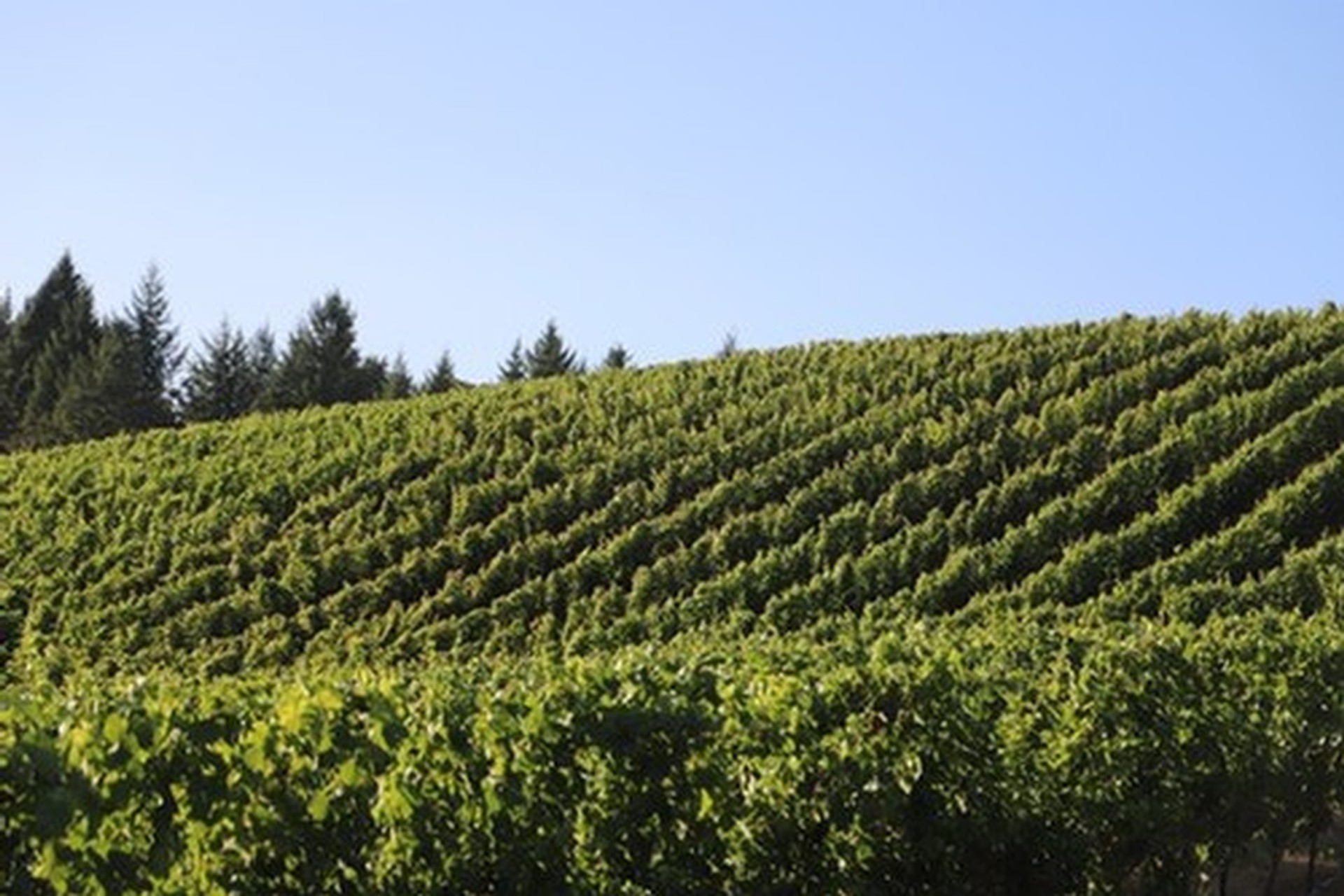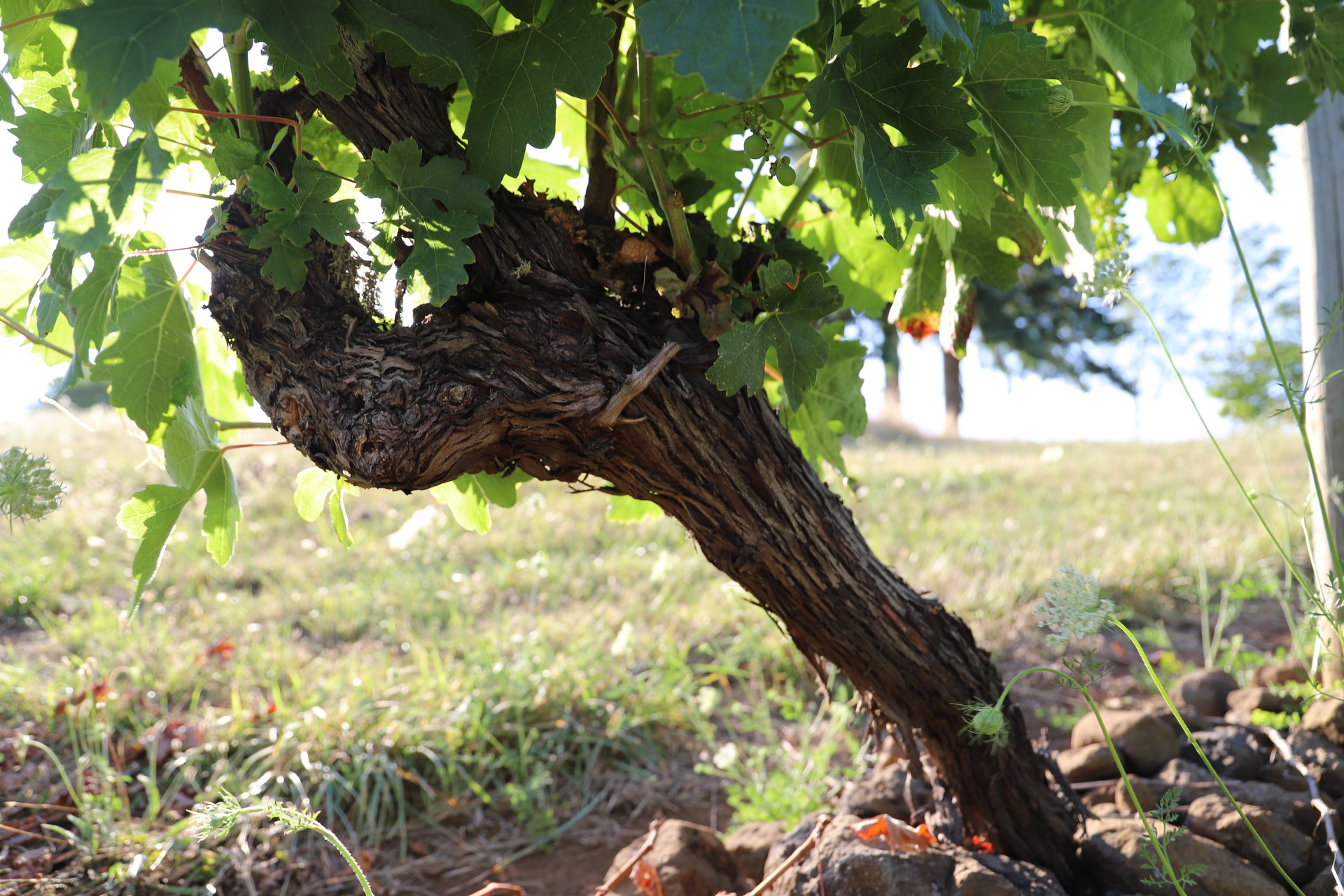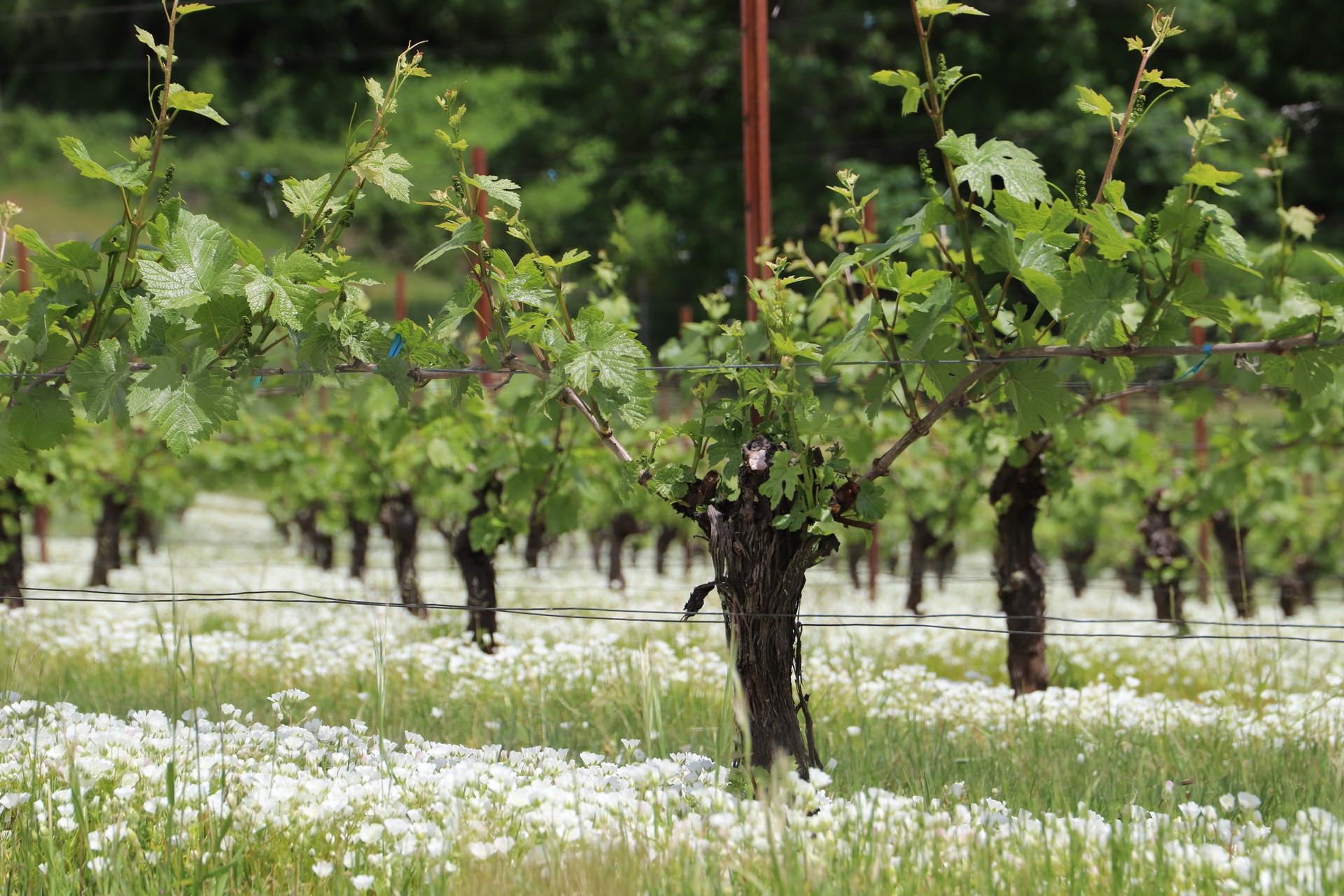Our Vineyard
Perched high on the western crest of the Eola-Amity Hills near Salem, Oregon, Bryn Mawr – Welsh for “Big Hill” – pushes the upper limits of Willamette Valley viticulture. Carefully tended vines express the marriage of powerful maritime winds and fractured volcanic soils, yielding grapes with bountiful natural acidity and profound character. This fruit inspires us to craft transparent wines that tell the story of time and place.
Wind
The Willamette Valley’s growing season is defined by the rhythmic breath of Pacific winds, which sweep inland each evening, cooling the land by 35–40°F with remarkable consistency. Though the Oregon Coast Range stands as a guardian against the ocean’s full force, the Van Duzer Corridor carves a passage through the mountains, channeling these winds into the heart of the valley. Nowhere is their presence felt more vividly than in the Eola Hills, named for Aeolus, the mythic keeper of winds.
Bryn Mawr Vineyard is set apart by its uncommon elevation and dramatic exposure. Rising from 700 to 900 feet, our vines perch along the crest of a steep hill on the wild western edge of the ridge, with slopes unfolding to the east, south, and west. We gaze straight down the Van Duzer Corridor, fully exposed, thrust into the path of the wind. Each evening, as the cool air rushes in, our vines respond—preserving brightness and acidity, while crafting thick-skinned, tenacious grapes shaped by the elements.
Earth
Bryn Mawr is rooted in ancient volcanic soils, remnants of the Columbia Basalt Flows that blanketed the Willamette Valley between 5 and 17 million years ago. Over time, these basaltic layers have been weathered by rain, wind, and vegetation into a mosaic of distinct soil series. Rich in minerals and offering excellent drainage, these volcanic soils strike an ideal balance between porosity and moisture retention, encouraging deep, nutrient-seeking root systems essential for vine health and fruit complexity.
Three primary volcanic soil series shape the terroir of our vineyard, each with its own character and composition. The renowned Jory series, prized for its consistency and high clay content, is found in limited pockets on our lower slopes. The majority of our vines are planted in the Nekia and Ritner series. Nekia soils are rockier and shallower than Jory, yet still offer substantial clay content, making them well-suited for grape growing. Ritner soils, by contrast, are the most rugged—marked by a gravelly topsoil and fractured basalt bedrock just beneath the surface. These demanding conditions push vines to their limits, producing fruit of exceptional intensity and structure.
Nekia dominates the level areas at the top and base of the vineyard, while Ritner claims the steep, south-southwest facing slope that cuts across our property, adding both challenge and character to our wines.
Farming
Bryn Mawr is a LIVE Certified vineyard rooted in the principles of regenerative agriculture. LIVE—Low Input Viticulture & Enology—is a collaborative organization promoting science-based sustainable practices and natural interventions to protect biodiversity in vineyards and surrounding ecosystems. Earning certification reflects years of dedicated stewardship and a deep commitment to cultivating a thriving, balanced environment.
Our farming philosophy is careful, hands-on, and responsive to the land. Though modest in size, our vineyard’s varied soils and exposures demand close attention to detail in order to bring out the full potential of the site. We dry farm, relying on natural rainfall rather than irrigation, encouraging vines to establish deep, resilient root systems as they follow the receding water table each summer. Instead of relying on synthetic chemicals or fertilizers, we cultivate vibrant cover crops of clovers, grasses, and native wildflowers to restore nutrients to the soil and support local pollinators.
We foster a balanced ecosystem by building rockpiles to shelter snakes and installing owl boxes to support natural rodent control. Our vines have become an integral part of this living system, shedding leaves and canes that return organic matter to the soil, enriching the ground they grow in. By cultivating the vineyard as a whole, not just the vines, we’ve seen greater biodiversity and healthier plants capable of producing expressive, character-driven wines.
We farm not only for the quality of today’s vintage, but for the promise of those still to come.




